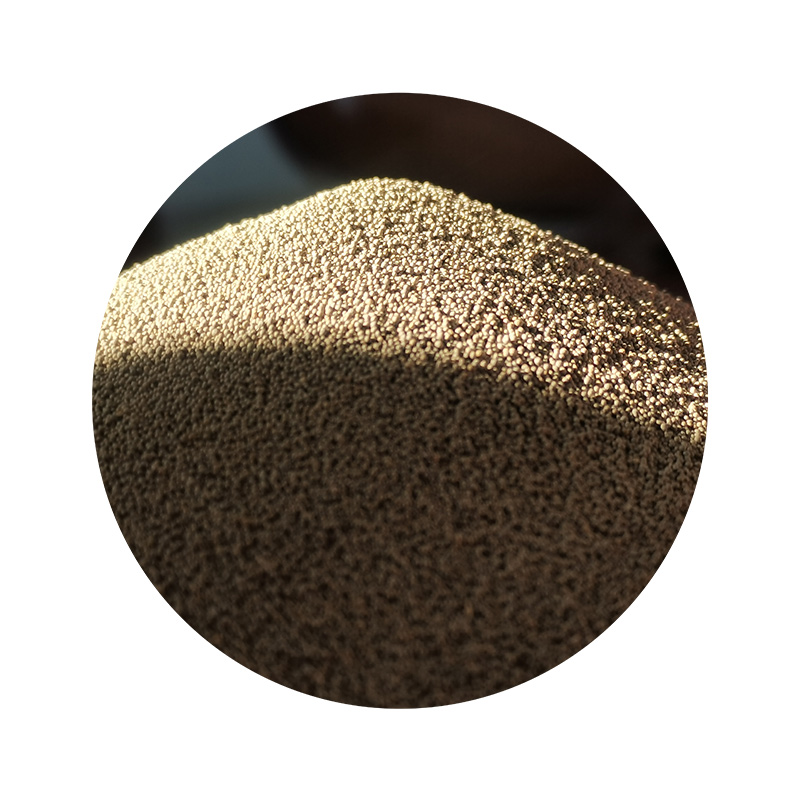The Sand Casting Process An Overview
Sand casting, also known as sand mold casting, is a widely-used metal casting process that involves pouring molten metal into a sand mold to create various metal components. This traditional method of casting has been utilized for centuries and remains popular due to its versatility, cost-effectiveness, and ability to produce complex shapes.
The sand casting process begins with the creation of a pattern, which is a replica of the final desired shape of the casting. Patterns can be made from various materials, including wood, metal, or plastic, and are designed to accommodate the shrinkage that occurs when metal cools and solidifies. The pattern is then used to form a mold.
To create a mold, a mixture of sand and a binding agent is compacted around the pattern to form two halves—the cope (top half) and the drag (bottom half). Modern sand casting often employs a green sand mixture, which consists of silica sand, clay, and water. This mixture provides the necessary strength and flexibility to support the molten metal while allowing for easy removal of the mold after casting.
Once the mold is prepared, it is carefully assembled, and the pattern is removed, leaving a cavity that matches the shape of the desired casting. At this point, any required gating systems and risers are added to allow for the flow of molten metal and to counteract shrinkage during cooling.
describe sand casting process

The next step involves heating the metal to its melting point, after which it is poured into the mold cavity through the gating system. The metal fills the mold and eventually solidifies, taking on the shape of the cavity. The cooling process can vary in duration depending on the type and thickness of the metal.
After the metal has completely cooled, the mold is broken apart to reveal the casted component
. The final step in the sand casting process is cleaning and finishing the castings, which may require machining, grinding, or other processes to achieve the desired surface finish and dimensional accuracy.Sand casting is especially advantageous for producing large parts and low-volume production runs. It allows for the use of a variety of metal alloys, making it suitable for a wide range of applications in industries such as automotive, aerospace, and machinery.
In summary, sand casting is a timeless process that combines artistry with engineering, offering an efficient way to create complex metal shapes. Its adaptability and cost-effectiveness ensure its continued relevance in modern manufacturing.
Post time:10 月 . 11, 2024 10:32
Next:Top Sand Casting Manufacturers and Their Innovative Techniques in Metal Casting Industry
